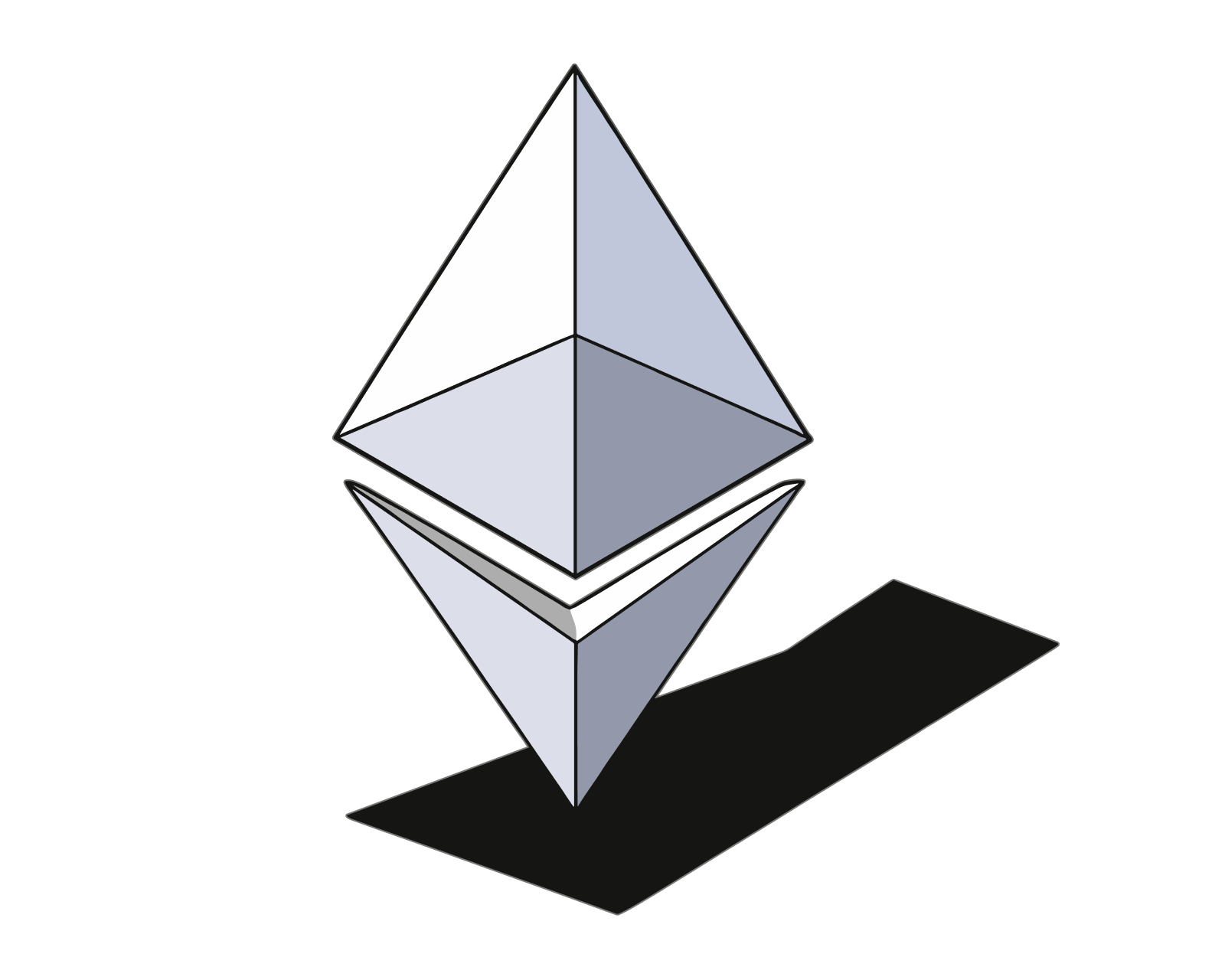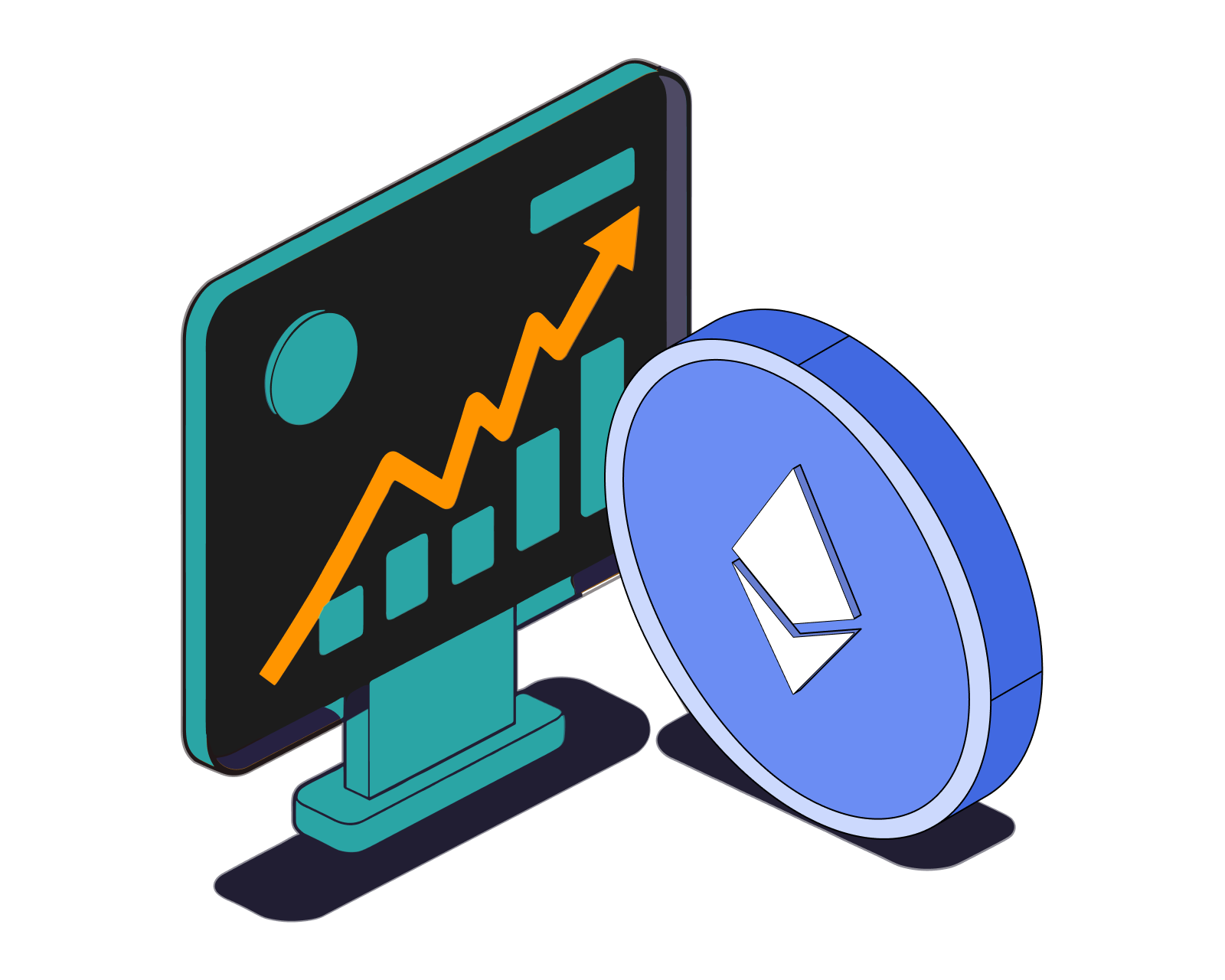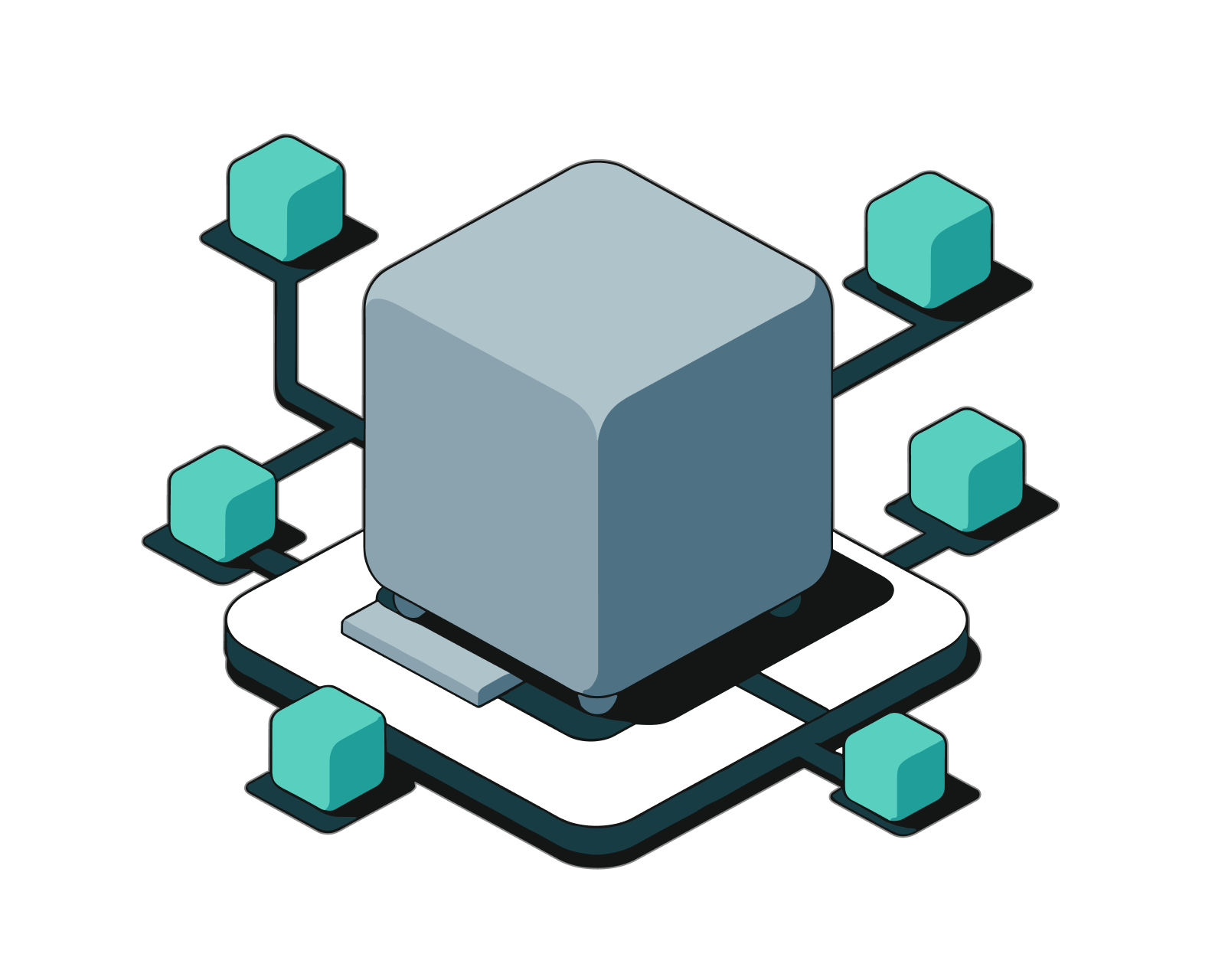What is EIP 1559?

Table of Contents
How Fees Work in Ethereum
Space on each block in the Ethereum blockchain is limited to 12.5 million units of gas per block, and new blocks are mined approximately every 15 seconds. Since miners optimize for profitability, to incentivize miners to include your transaction in the next block, you must add an amount of ETH to your transaction. This constitutes the fee.
Read more: What is ETH gas and how do fees work in Ethereum?
The Changes Made by EIP-1559
Prior to the implementation of EIP-1559, Ethereum's fee market worked on the 'first price auction' model. So, if you wanted your transaction to be picked up by miners sooner, you just attached a higher fee.
EIP-1559 replaced the first price auction model with a system that includes two types of fees: a base fee and an inclusion fee. The base fee is a per-block fee that all transactions must include, but it adjusts dynamically based on network congestion. When the network is busier, the base fee is higher. When the network is less congested, the base fee adjusts downward.
Importantly, rather than being claimed by miners, in the new system the base fee is burned (destroyed). Assuming continued high demand for block space (ie. many people wanting to make transactions), this should have the effect of reducing Ethereum's inflation rate.
EIP-1559 Stats
Since its implementation in August of 2021, EIP-1559 has had a material impact on the inflation rate of Ethereum. As of Feb 2024, EIP-1559 had resulted in the burning of approximately 4 million ETH. Given that over the same period about 7 million ETH were issued, Ethereum's overall supply growth (ie. inflation rate) was approximately 1% per year (based on a total supply of ~120 million ETH). Without EIP-1559, that rate would have been over 3% per year. By comparison, over the same period, Bitcoin's inflation rate was approximately 1.7% per year. Bitcoin's inflation rate will be reduced to ~0.875% upon the next Bitcoin halving in April 2024.
You can track the rate of EIP-1559 fee burning and other Ethereum supply statistics at ultrasound.money.
Read more: What is Ethereum 2.0?
Related guides
Start from here →

What is Ethereum?
Understand Ethereum's key characteristics.


What is ETH used for?
Understand the function and utility of ETH.

What's a smart contract?
Get the basics on the "software" that runs on decentralized networks.
Read this article →
What's a smart contract?
Get the basics on the "software" that runs on decentralized networks.

What are ERC-20 tokens?
Learn the basics of the Ethereum token standard, what ERC-20 tokens are used for, and how they work.
Read this article →
What are ERC-20 tokens?
Learn the basics of the Ethereum token standard, what ERC-20 tokens are used for, and how they work.

What is DeFi?
Learn what makes decentralized finance (DeFi) apps work and how they compare to traditional financial products.
Read this article →
What is DeFi?
Learn what makes decentralized finance (DeFi) apps work and how they compare to traditional financial products.

What is Ethereum's monetary policy?
Learn about the issuance rate of ETH and how it is governed.
Read this article →
What is Ethereum's monetary policy?
Learn about the issuance rate of ETH and how it is governed.

What is ETH gas and how do fees work in Ethereum?
Learn about the unit for measuring transaction fees in Ethereum, get details on the Ethereum fee market, and discover how to customize the fees you pay.
Read this article →
What is ETH gas and how do fees work in Ethereum?
Learn about the unit for measuring transaction fees in Ethereum, get details on the Ethereum fee market, and discover how to customize the fees you pay.
STAY AHEAD IN CRYPTO
Stay ahead in crypto with our weekly newsletter delivering the insights that matter most
Weekly crypto news, curated for you
Actionable insights and educational tips
Updates on products fueling economic freedom
No spam. Unsubscribe anytime.



Start investing safely with the Bitcoin.com Wallet
Over wallets created so far
Everything you need to buy, sell, trade, and invest your Bitcoin and cryptocurrency securely

© 2025 Saint Bitts LLC Bitcoin.com. All rights reserved


